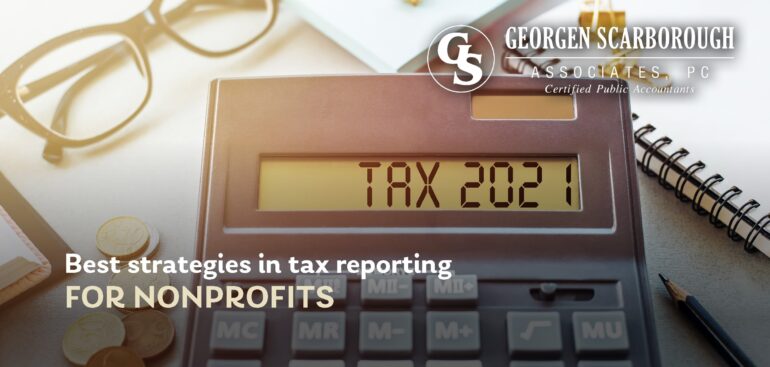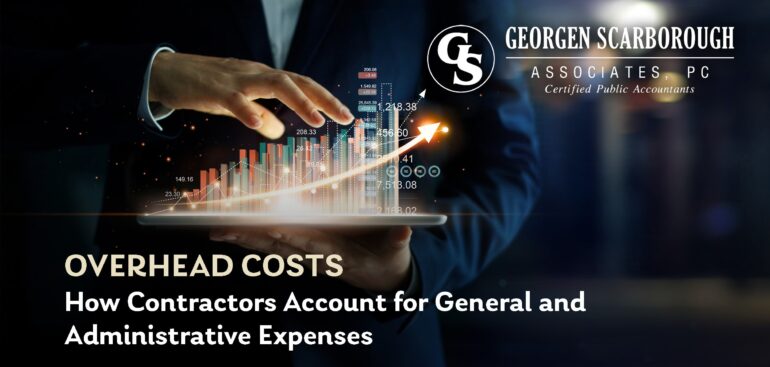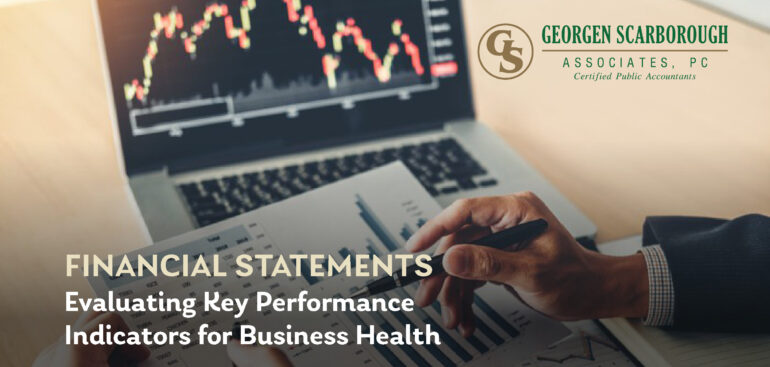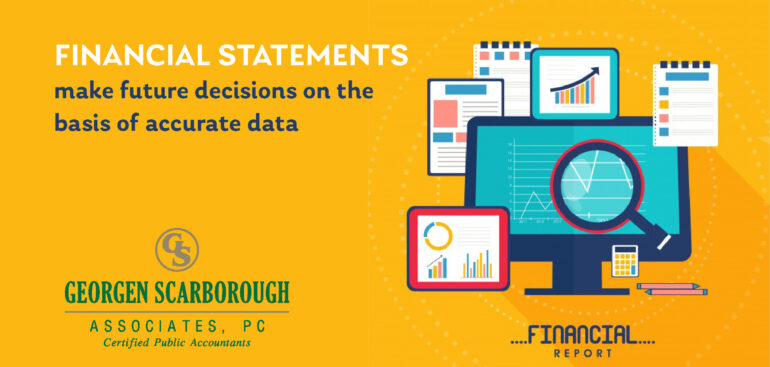As the end of the tax year approaches, it is probably time to start thinking about year-end transactions to boost your tax refund. Of course, it is a good idea to manage your income and expenditures throughout the year in such a way as to ensure the best possible tax breaks. However, when you come towards the transition from one year to another, it is important to time your transactions carefully so as to lower your tax bill. Here are some tax refund tips to help you.
Lower your tax bill with careful timing
It is possible to minimize taxes year-to-year by making certain payments at just the right time. It is important to know when to make payments to increase expenses and tax deductions and push receipts to create income at the end of the tax year. As a rule of thumb, you want to move income into a year of lower taxes and move expenses into a year of higher taxes.
Timing payments at year-end
The usual strategy for a small business is to lower the current year’s taxes by deferring income and prepaying expenses. However, this may not be the right path for everybody. If you are going to be in a higher tax bracket for the following year, then it might make sense to take the opposite approach.
Expenses that can lower your tax bill
If you are looking for some readily available ways to decrease your tax liability for the current year, you can consider making some or all of the following expenditures, which you can deduct against your income taxes.
- Deductible gifts and donations
- Purchase assets – you can deduct against the depreciation on these assets
- Pre-pay some of the next year’s expenses. That way, you can deduct the expense for the current tax year.
You can also delay income to next year so that you are not liable to be taxed on it in the current tax year. This does not mean receiving a check and then only cashing it next year – you have still received that payment. The way to delay income is to hold off on sending bills to clients until the start of the next tax year.
The assistance of an experienced certified public account (CPA) can help you lower your tax liability easily and legally. Georgen Scarborough is a firm of CPAs based in Vienna, Virginia. Contact us if you need tips on year-end transactions to boost your tax refund.










